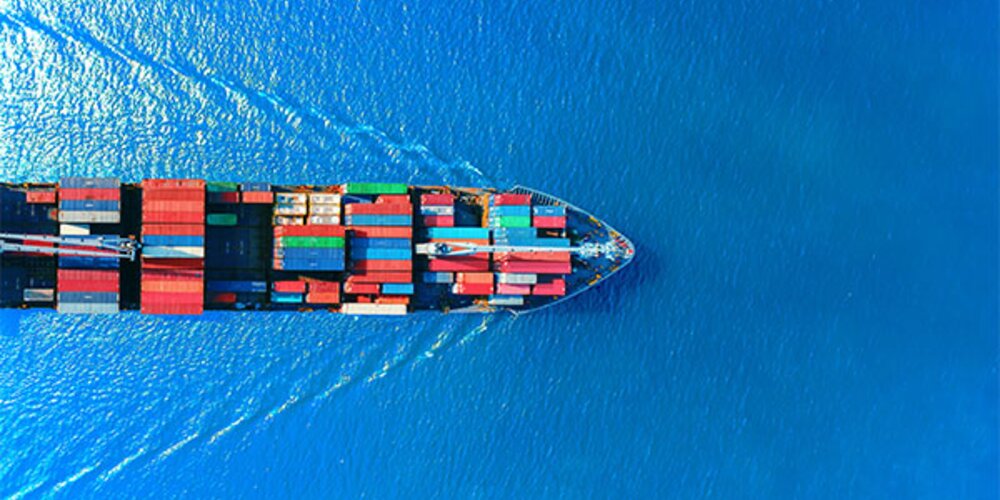Browse our services
Explore how Brookes Bell can help you
Find an expert
Meet our team, find and expert and connect
Contact us
Get in touch, we're here to help

Thanks to the signing of a memorandum of understanding between the Maritime and Port Authority of Singapore (MPA) and the Port of Rotterdam, what has been dubbed the world’s longest ‘green corridor’ has taken another step closer to becoming reality.
The concept of creating a green corridor between the two ports focuses mainly on the introduction of sustainable fuels including biofuels, biogases, synthetic methane, hydrogen, and hydrogen-based fuels (including ammonia and methanol).
With both Rotterdam and Singapore being two of the biggest bunkering ports in the world, the joint undertaking to create a green corridor marks a significant step forward for efforts to move shipping away from traditionally carbon intensive bunker fuels.
Beyond the introduction of alternative fuels, the memorandum of understanding also commits the two ports to:
‘Optimising maritime efficiency, safety, and the transparent flow of goods by creating a digital trade lane where relevant data, electronic documentation and standards are shared. This will facilitate the seamless movement of vessels and cargo and optimise just-in-time arrival of vessels from port to port’.
The two ports are being assisted in the development of this green and digital corridor by numerous partners, including the Global Centre for Maritime Decarbonisation and the Maersk Mc-Kinney Moller Centre for Zero-Carbon Shipping. Other supporters of the initiative include BP, CMA CGM, Digital Container Shipping Association, Ocean Network Express, PSA International, Shell and others.
Commenting on the signing of the MoU, Allard Castelein, the CEO of the Port of Rotterdam Authority, said:
“Shipping is among the most important industries to decarbonise, owing to its large international reach and volume, which continues to grow. By bringing together parties across the supply chain along one of the world’s biggest trade lanes, we can enable carriers to switch to zero-carbon fuels and speed up the transition to more sustainable shipping”.
Ms. Quah Ley Hoon, Chief Executive of the Maritime and Port Authority of Singapore, also welcomed the signing of the MoU, commenting:
“This MoU further strengthens the strong partnership between Singapore and Rotterdam. It reaffirms Singapore’s commitment towards facilitating a multi-fuel bunkering transition as part of the Maritime Singapore Decarbonisation Blueprint 2050 and accelerates our digitalisation efforts to optimise maritime efficiency and improve supply chain resilience.
The pilot will complement efforts undertaken by the shipping industry, including partners such as Google Cloud, and the IMO to support decarbonisation and the digitalisation transition for international shipping, as we work towards developing and scaling up green and digital solutions for wider adoption”.
It is expected that the first sustainably fuelled vessels will be sailing on the green corridor by 2027.
One of the most important things that owners, operators and charterers of vessels can do, is to adhere to best practices regarding speeds at sea. This can have a significant impact upon fuel consumption and, by extension, the overall profitability of your operations.
Brookes Bell’s Master Mariners are well versed in vessel speed best practices and have extensive experience providing root and branch analyses in the event of speed and fuel consumption disputes.
For more maritime and energy industry news and developments, explore the Brookes Bell News and Knowledge Hub…
Will $100 Oil Become the New Normal? | What Is Metallurgy and How Is It Used in the Maritime Industry? | Spotlight On: Fuel Services